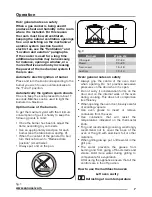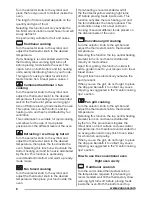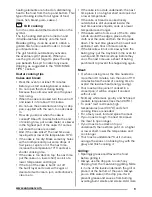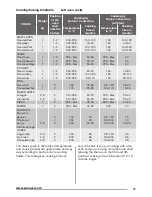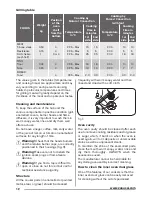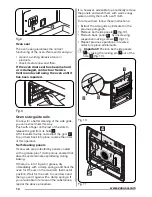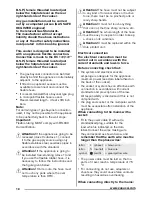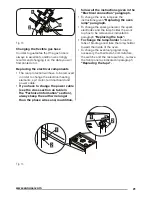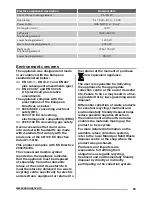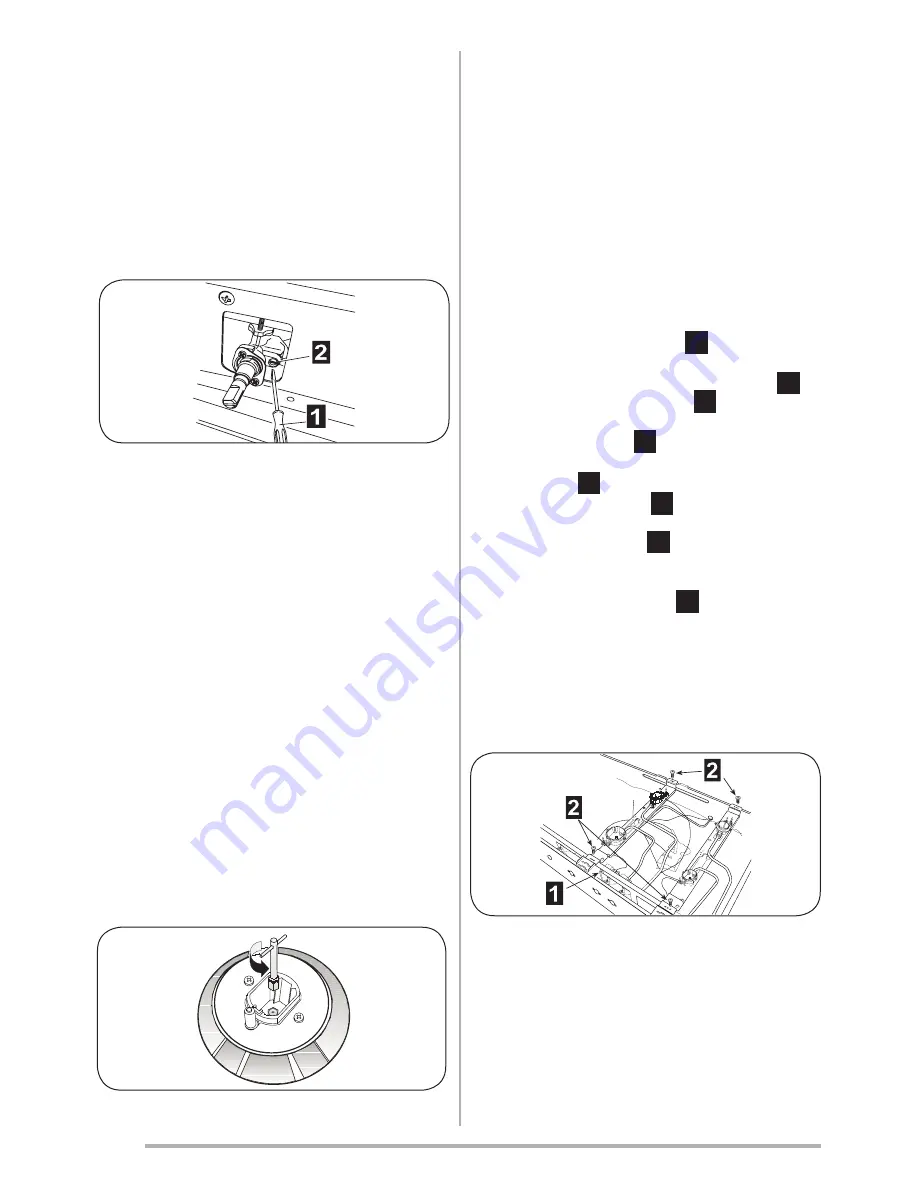
20
www.zanussi.com
Gas information
To tighten some components apply the
following torque forces:
Aluminium pipes to burners, valves,
thermostats: 15 Nm
Thermocouples to top burners cups: 3
Nm
Thermocouples to thermostats: 4 Nm
Push-on connector: 20 Nm
Injectors: 4 Nm
Fig. 10
Conversions
Replacing the injectors
Our burners can be adapted to different
types of gas by simply installing the injectors
suitable for the gas you want to use.
To change the injectors on the hob, remove
the burner cup and head and with a 7 mm Ø
socket spanner replace them (fig. 11).
To help the installer, the table on in the
“Technical information” section.
gives the
burner nominal heat input, injector diameter
and operating pressure of the different gas
types.
After having replaced the injectors, it
will be necessary to proceed with burner
adjustment as explained in the previous
paragraphs. The technician must replace
any seals after the adjustments have
been made.
Fig. 11
Maintenance
Prior to any maintenance work or
changing parts, disconnect the
appliance from the gas and electricity
power sources.
Replacing the taps
Proceed in the following way when replacing
a tap or the thermostat:
• Remove pan supports, burner heads.
• Unscrew the burner fixing screws (four
for ultrarapid burner and two for the other
burners)
• Pull out the knobs.
• Unscrew the fixing screws
1
(fig. 14) which
lock the front panel to the front frame then
slip out from the upper fixing brackets.
2
• Unscrew the fixing screws
1
(fig. 14 which
lock the hob at the back and remove it.
• Unscrew the nuts
2
of the gas aluminium
pipes and pull out the thermocouple quick
connectors
3
(fig.13).
• Unscrew the screws
2
(fig. 12) which lock
the crosspieces.l
• Unscrew the screws
1
(fig. 12) which unite
the the bridles of the taps to the front frame.
• Make to slip the ramp toward the back part
and unscrew the screws
1
(fig. 13) in order
to free the taps.
• Change seal each time a tap is replaced.
This will ensure perfect retention between
the tap and part.
• Reassemble all the parts following the same
procedure but in the reverse order.
Fig. 12


